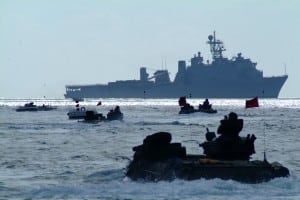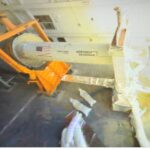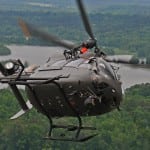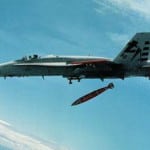
During large-scale exercises in April, the Marine Corps will test and evaluate 100 new technologies to help it poke holes in enemy coastal defenses and clear the way for future amphibious forcible-entry operations.In cooperation with the Navy, the Marine Corps is launching the Advanced Naval Technology Exercise, or ANTX, at Camp Pendleton, Calif., in April, where 50 or so new technologies from electronic warfare systems to unmanned assault amphibious vehicles (AAVs) will be tested during a simulated amphibious landing. Another…

 By
By 











